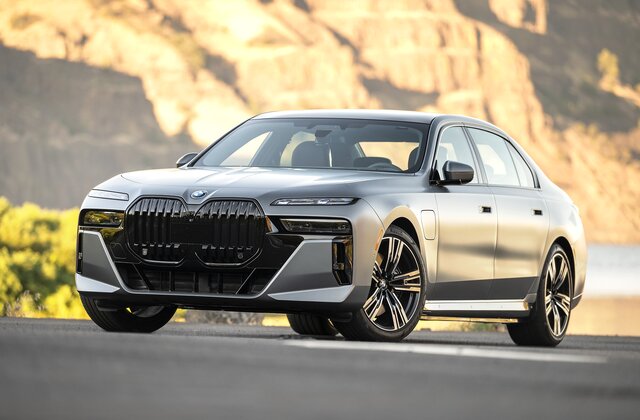
The Growth of Exotic, Luxury, and Supercars in the United States: Trends and Changes for 2025
Luxury Cars The American automotive industry is undergoing a significant transition as we sail into 2025; it is characterized by cutting-edge design concepts, sustainable innovation, and sophisticated technology. The world of high-performance supercars, exotic cars, and luxury cars is where this is most evident. Thanks to changing consumer priorities, sophisticated engineering, and changing tastes, these upscale vehicles—once restricted to the garages of celebrities and collectors—are increasingly embracing a wider appeal.

Luxurious Automobiles: Technology and Tradition
In 2025, luxury cars will be the pinnacle of automation, comfort, and prestige. Despite notable changes, brands like Mercedes-Benz, BMW, Audi, and Lexus still hold a dominant position in this market. There has been a tremendous push for electrification. Leading the way are the 2025 BMW i7 and Mercedes-Benz EQS, which combine luxury and silent electric performance.
Art on Wheels: Unusual Automobiles
Exotic automobiles are mobile manifestations of art, individuality, and boldness that go beyond simple speed. By focusing on quality and uniqueness, exotic automakers such as Maserati, Aston Martin, and Pagani are still thriving in 2025.
A masterwork of Italian engineering and sensuality, the Maserati MC20 Cielo boasts an electrochromic glass roof and a twin-turbo V6. Aston Martin’s Valhalla, which is currently in production, emphasizes both hybrid power and aerodynamic grace while fusing Formula 1 technology with a road-ready appearance.
In 2025, exotics are also broadening their color palette. Customers may now customize their vehicles with NFT-linked ownership certificates, customized liveries, and sustainable materials. The outcome? Almost unique vehicles, in addition to being uncommon.
Supercars: The Frontier of Electrified Speed
In 2025, supercars are transforming. Today’s supercars, which were once characterized only by their gasoline-powered ferocity, are embracing electrification without compromising excitement.
The Tesla Roadster (Gen 2), which promises 0–60 mph rates of less than two seconds, and the Rimac Nevera, which has established itself as a standard for electric hypercar performance, are the two most eye-catching models. Legacy automakers like Ferrari and Lamborghini, on the other hand, have introduced hybrid or all-electric versions, such as the Lamborghini Revuelto and the Ferrari SF90 XX, that offer unnatural speed without any remorse about pollution.
Change is Being Driven by Cultural Shifts.
- The U.S. market for exotic and luxury cars is changing due to some cultural and technological changes:
- Electrification and Sustainability: As a result of consumer demand and regulatory changes, almost all luxury automakers now provide electric or hybrid drivetrains.
- Digital Customization: Customers anticipate completely integrated digital surroundings, immersive infotainment, and AI capabilities.
- Experience above Ownership: Services such as fractional ownership (particularly for supercars), track experiences, and subscription models are becoming more and more popular.
- Younger Buyers: Design, branding, and marketing initiatives are currently being influenced by Millennials and Gen Z, who have discretionary cash. Consider social media integration, edgy design, and even loyalty programs driven by cryptocurrency.
In Conclusion, the Future is Here.
In terms of how they are experienced, luxury, exotic, and supercars in the United States have never been more inventive, aspirational, and approachable. The all-electric Rolls-Royce Spectre’s whisper-quiet glide and the McLaren 750S’s deafening boom as it speeds down a California canyon are just two examples of how 2025 demonstrates that people’s passion for amazing automobiles is still alive and growing. Additionally, the notion of what constitutes a truly expensive, exotic, or super automobile will change along with electrification, digitization, and personalization.
Click Here
